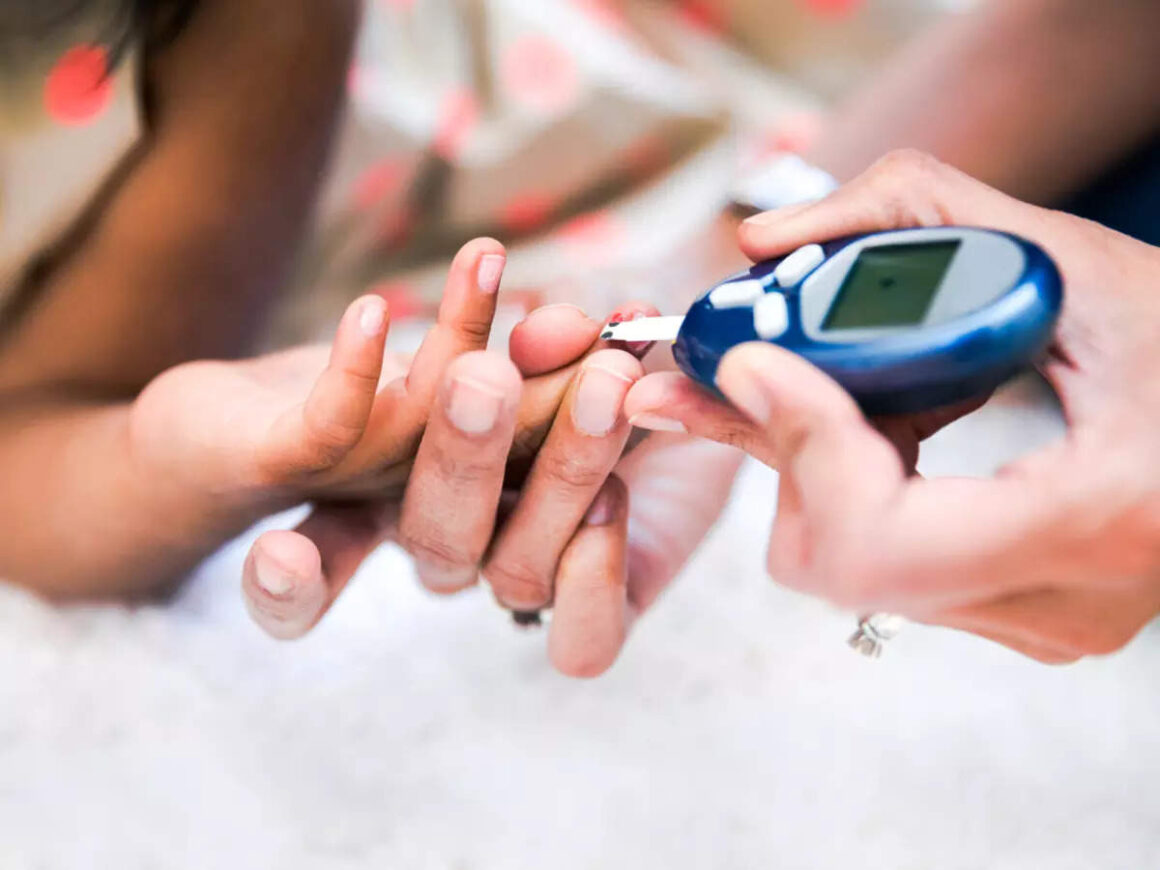New Delhi, 08 December 2024: Diabetes, often called the “silent killer,” has become one of the most pressing health concerns in India. With over 77 million people diagnosed with diabetes and millions more at risk, the country is home to the second-largest population of diabetics in the world. This alarming statistic is not just a reflection of individual health issues but a significant public health challenge that affects the economy, healthcare infrastructure, and overall societal well-being.
In this article, we explore why diabetes is not just a disease but a growing epidemic, its causes, consequences, and the urgent steps needed to tackle this health crisis.
Understanding Diabetes and Its Types
Diabetes is a chronic condition where the body either does not produce enough insulin or cannot effectively use the insulin it produces. Insulin is a hormone that regulates blood sugar levels, and without it, glucose builds up in the bloodstream, leading to serious health complications.
There are three main types of diabetes:
Type 1: An autoimmune condition where the body attacks insulin-producing cells. It is usually diagnosed in children and young adults.
Type 2 Diabetes: The most common form, often linked to lifestyle factors like obesity, poor diet, and physical inactivity.
Gestational Diabetes: A temporary condition occurring during pregnancy, which can increase the risk of developing type 2 diabetes later in life.
India: The Diabetes Capital of the World
India has earned the unfortunate title of “Diabetes Capital of the World.” Factors contributing to the epidemic include rapid urbanization, sedentary lifestyles, unhealthy diets, and genetic predisposition. According to the International Diabetes Federation, the prevalence of diabetes in India is projected to reach 134 million by 2045 if current trends continue.
The impact is not limited to urban areas; rural regions are also witnessing a rise in high blood sugar levels cases due to changing lifestyles and dietary patterns. Poor awareness and delayed diagnosis further exacerbate the problem, leading to severe complications and higher mortality rates.
Lifestyle and Dietary Factors Driving the Epidemic
The modern Indian lifestyle has undergone a significant transformation, characterized by decreased physical activity and increased consumption of calorie-dense, processed foods. Here are some key contributors to the diabetes epidemic:
Sedentary Habits: With the rise of technology and desk jobs, physical activity levels have plummeted. Long hours of sitting, lack of exercise, and dependence on vehicles for transportation are major culprits.
Unhealthy Diets: Traditional, balanced diets have been replaced by fast foods, sugary beverages, and snacks high in fat, sugar, and salt. These foods contribute to obesity, a leading risk factor for diabetes.
Stress and Sleep Disorders: Chronic stress and inadequate sleep are increasingly common in urban areas, both of which can disrupt glucose metabolism and increase the risk of type 2 diabetes.
The Far-Reaching Impact of Diabetes
Diabetes does not just affect an individual’s health; its consequences ripple through families, communities, and the nation.
Health Complications: Uncontrolled high blood sugar levels can lead to severe complications such as heart disease, stroke, kidney failure, nerve damage, and vision problems. It is a leading cause of non-traumatic amputations and blindness in adults.
Economic Burden: The cost of managing diabetes and its complications is staggering. According to estimates, India spends billions of dollars annually on high blood sugar levels-related healthcare. For low-income families, the financial burden can push them further into poverty.
Loss of Productivity: High blood sugar levels affects the working-age population disproportionately, leading to absenteeism, reduced productivity, and premature deaths, all of which impact the economy.
Prevention and Management: A Holistic Approach
Addressing India’s diabetes epidemic requires a multi-pronged approach focusing on prevention, early diagnosis, and effective management.
Dietary Changes: Encouraging the consumption of whole grains, fruits, vegetables, lean proteins, and healthy fats while reducing intake of sugary and processed foods.
Physical Activity: Promoting regular exercise, such as walking, cycling, or yoga, to maintain a healthy weight and improve insulin sensitivity.
Stress Management: Encouraging mindfulness practices like meditation and adequate sleep to reduce stress levels.
Raising Awareness and Early Screening: Public health campaigns are essential to educate people about the symptoms and risks of high blood sugar levels. Routine screening, especially for high-risk groups, can lead to early diagnosis and better outcomes.
Strengthening Healthcare Infrastructure: Improved access to affordable healthcare services, particularly in rural and underserved areas, is crucial. This includes training healthcare professionals, increasing the availability of essential medications, and integrating high blood sugar levels management into primary healthcare systems.
The Role of Policy and Community Efforts
Government policies play a pivotal role in combating the diabetes epidemic. Initiatives like the National Programme for Prevention and Control of Cancer, high blood sugar levels, Cardiovascular Diseases, and Stroke (NPCDCS) aim to create awareness, improve screening, and provide affordable treatment.
Community-driven efforts, including workplace wellness programs, school-based education, and local health campaigns, can complement these policies and create a culture of health and wellness.
Diabetes in India is more than just a medical condition; it is a growing health crisis that demands urgent action from individuals, communities, and policymakers. Preventing and managing high blood sugar levels requires a collective effort to promote healthy lifestyles, improve healthcare access, and address the socio-economic factors fueling the epidemic.
By taking proactive steps to raise awareness, prioritize prevention, and strengthen healthcare infrastructure, India can turn the tide on this growing epidemic and ensure a healthier future for its people.

